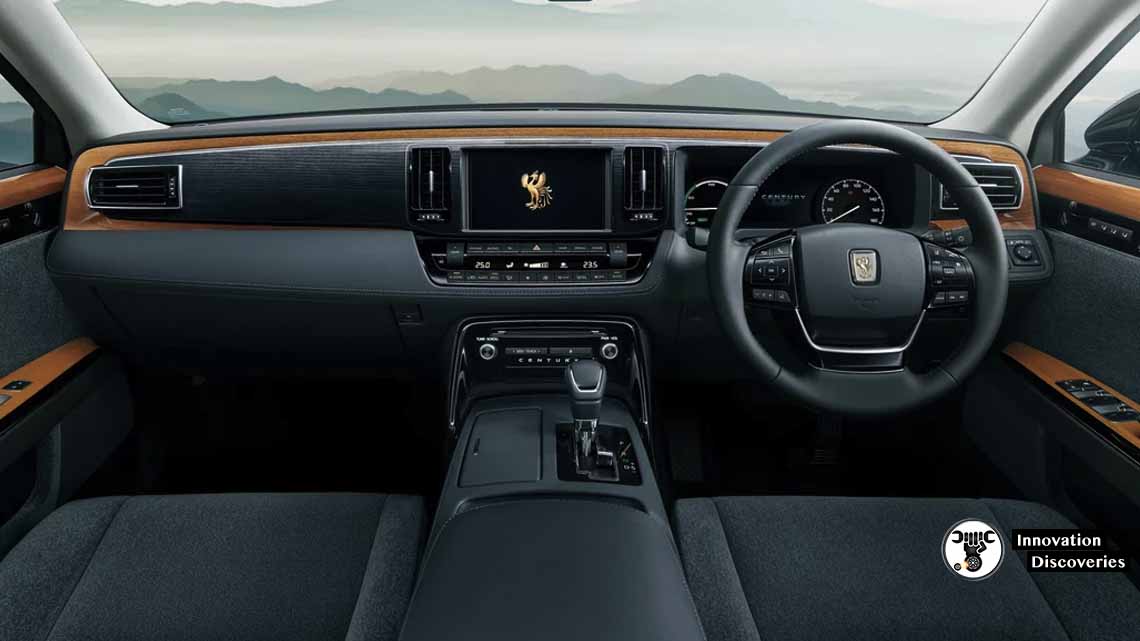
Countries around the world follow two different traffic practices.
One hundred and sixty-five countries and territories use the left side of the road or left-hand traffic (LHT), while the remaining 75 countries and territories use the right side of the road or right-hand traffic (RHT).
In LHT countries, automobiles are right-hand drive, which means the steering wheel is on the right side of the vehicles. Conversely, in RHT countries, vehicles are left-hand drive.
Japan, the UK, New Zealand, Ireland, India, and many other countries follow the LHT rule, while most European countries and the United States follow the RHT rule.
Have you ever wondered about the reasons behind these two traffic rules? Could the whole world not follow just one rule?

What Does History Say About Car Driving Rules?
There are several theories explaining the reasons behind the division of the world into these two traffic rules.
One theory suggests that right-hand driving could be the result of the majority of the world population being right-handed.
Many countries that practice right-hand driving are former British colonies. It is believed that the tradition of driving on the left side of the road originated from the use of horse-drawn carriages and vehicles in England.
During the days of English Feudalism, sword fighters and knights preferred staying on the left side of the road to keep the right side free. This allowed them to draw their swords to face approaching enemies without any obstruction. Staying on the right side also provided a safety measure, protecting them from bumping into another man’s scabbard, the thin sword sheath attached to the left side of a fighter’s body.
Another theory suggests that the rule originated from horse-mounting practices. Horses are typically mounted from the left side, making it easier to do so. With the reins held in the right hand, it was more convenient to ride the horse on the left side of the road.
Historical evidence suggests that left-hand driving was primarily a result of opposition to British rule. After conquering several European countries, the French emperor Napoléon Bonaparte enforced left-hand driving in those territories.
As Great Britain was his political rival, it made sense for them not to follow suit. The United States also adopted the Napoleonic driving rule in an attempt to distance itself from its British roots.

Why Does Japan Follow the Right-Hand Driving Rule?
Although Japan was never under British rule or a part of the British colonies, they adopted right-hand driving due to their choice of British companies to build their railway system. As a result, Japanese vehicles are right-hand drive.
There are rules and laws in driving that we have come to accept and take for granted without thinking much about them. However, many of these rules and laws have interesting backstories as to why they were created and enforced
See more –
Visit Forum
Visit Our Friendly Website


I think the correct handling term for right hand drive is that when you use hand on the gears shifting, the positioning of your hand when changing gears, is the basis of the Hand Drive, if you use your left hand on the gear, that’s the Left Hand Drive, if you use your Right Hand on tbe gears tha’ts the Right Hand Drive..its basic so Phils and other countries using right hand drive in shifting, should be Right Hand Drive.. not Left.
When you are driving on the left side of the road obviously you should be on the right side of the car so that you have a clear view on the approaching car on the opposite direction and a clear view on the car behind you and vice versa.